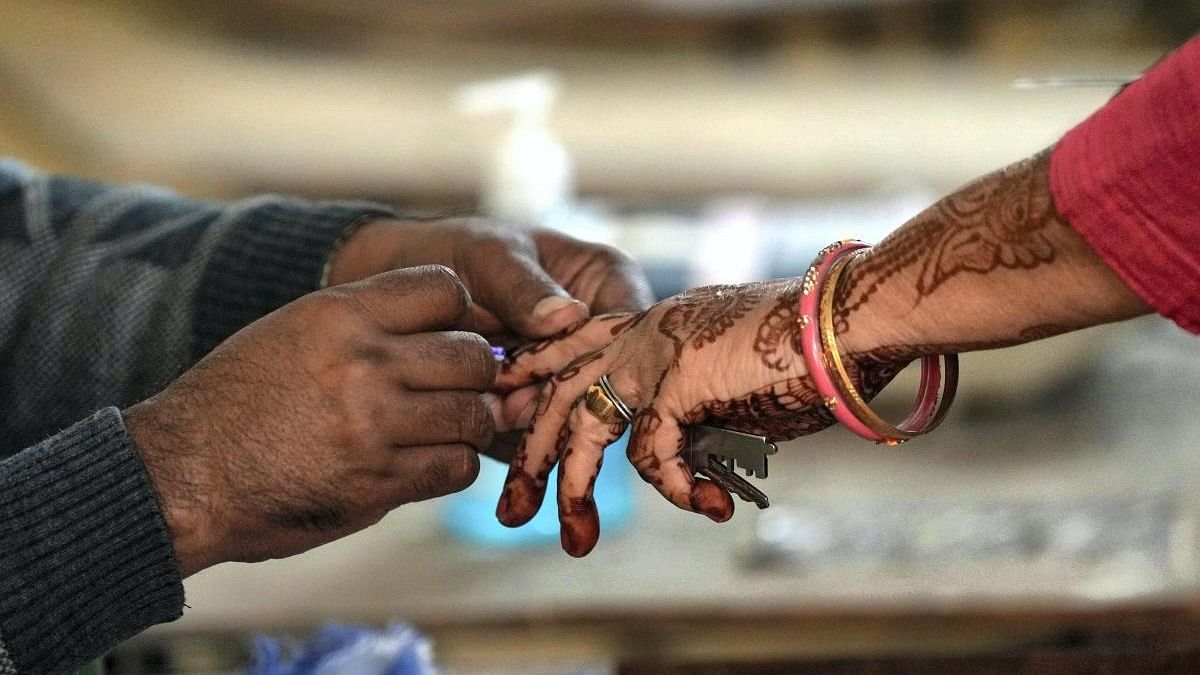
A voter gets her finger marked with indelible ink before casting her vote.
Credit: PTI Photo
India will see the Lok Sabha elections in the coming months, with polling taking place in seven phases through April and May and results slated to be declared on June 4.
A total 96.82 crore Indians are eligible to cast their vote this year.
In the 2019 elections, India saw a voter turnout of 67.4 per cent. Going back, the turnout has gone down. In 2014, it was 66.44 per cent, while in 2009 and 2004 it was 58.19 and 58.0 per cent respectively.
The year 1999 actually saw a higher turnout than 2004 with 59.99 per cent Indians exercising their franchise.
The voter turnout in 2019 was the highest the country had seen in Parliamentary elections since Independence. Since 1952, when the first Parliamentary polls were held, voter turnout has ranged between 55 to 68 per cent, not the best when compared with similar big democracies like Indonesia and Brazil.
However, the uptick in the last two elections will give hope to both the BJP-led NDA and the I.N.D.I.A. bloc, with Narendra Modi's party aiming to secure over 400 seats out of a possible 543 up for grabs, and Congress aiming to provide stiffer competition with the help of its regional allies.
Polling dates are on April 19 and 26, May 7, 13, 20, and 25, and June 1. Assembly elections for the states of Andhra and Arunachal Pradesh, Sikkim, and Odisha will be held at the same time, along with bye-polls for 35 seats in 16 states.
Keep up with the Lok Sabha polls with our election FAQs